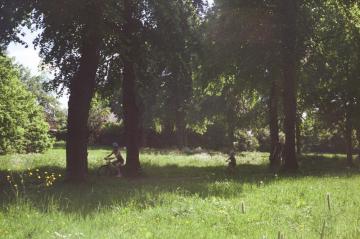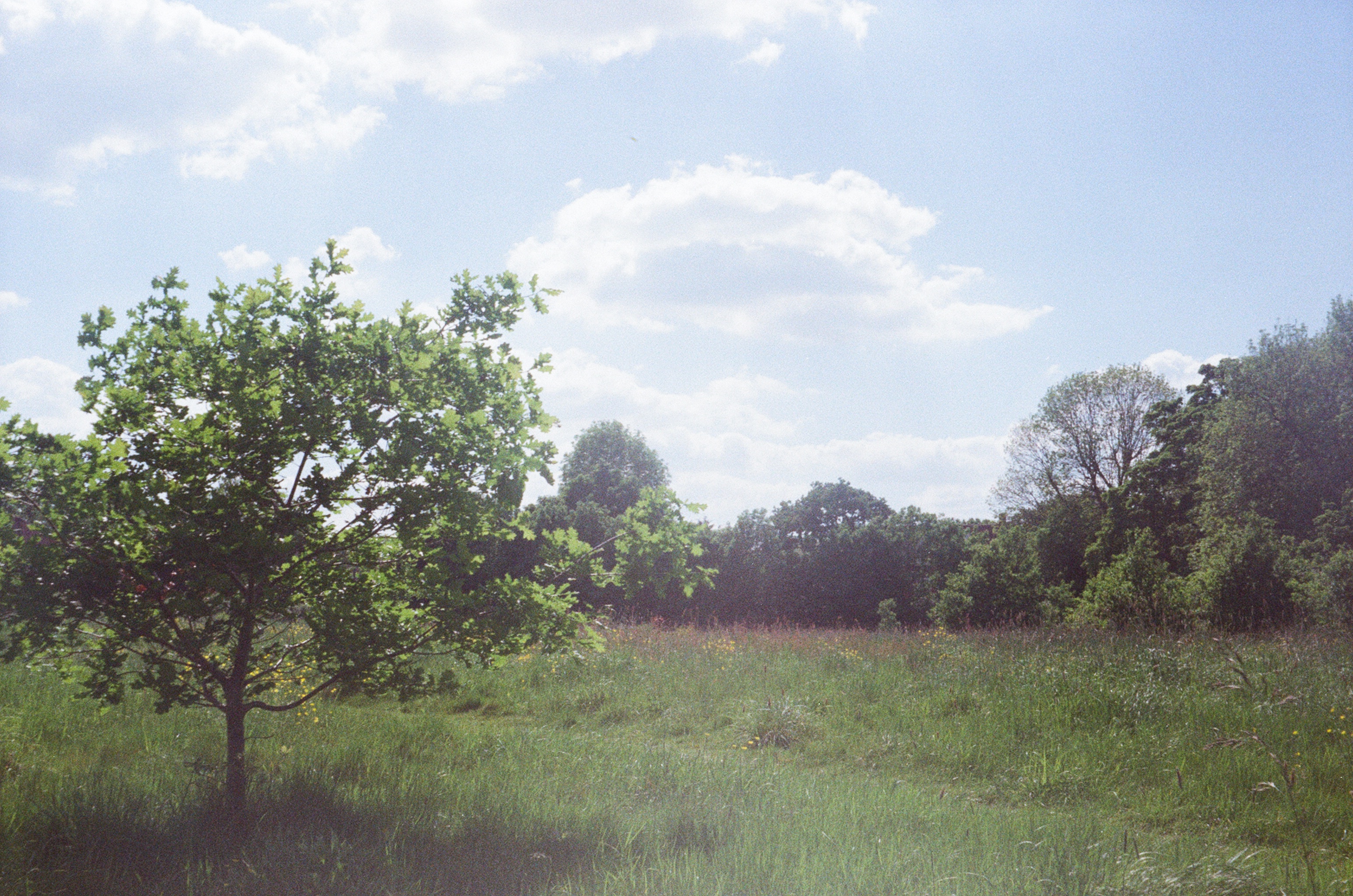
I had hoped that people would use the internet to widen their knowledge. Alas many have used it to widen their ignorance, listening to whichever loud-mouth that comes up with the most stupid, unlikely theory as to why something is being proposed. I would like to address one such topic that has been loudly shouted down by, amongst others, a misogynistic, racist individual who promotes several conspiracy theories.
The fifteen minute city simply proposes that everything we need day-to-day should be no more than a fifteen minute walk or cycle away from home. That's it. Of course it doesn't mean literally fifteen minutes; fifteen minutes is just a way of saying "convenient". It's the same logic as having your dinner plates conveniently on hand in the kitchen rather than in a lock-up three streets away. Alas some want you to believe it's part of some great conspiracy to confine you to your tiny "home district", and plenty believe this to be the case. If it sounds dreadful, it must be true, right? That's how The Daily Mail works. The reality is that reality is mostly boring.
Right here in Birmingham there is a fifteen minute city already in existence, by design. It's called Bournville. From the start, it was built that way by the Cadbury brothers, mainly for their workers. At that time most of the work was provided by the Cadbury factory, though other places of work were available, such as in the shops along one side of the village green, and working at the factory was never a prerequisite for living in Bournville. People could walk to work along an intentionally built network of footpaths, and of course they could also walk to the shops. Healthcare facilities were available at the factory. They also cycled, and in great numbers, typically on the road network that was also built. That road network means that driving is possible. It's not only possible, but easy, because the roads are mostly quiet. That quietness comes about because Bournville is a collection of low traffic neighbourhoods interconnected with a network of paths that give people an alternative to driving every journey. Far from being restricting, the design of Bournville makes getting around easier, with more options for pleasant travel. Quite simply, Bournville proves the vocal opponents to fifteen minute cities and low traffic neighbourhoods completely wrong, and its been here for over a century.
In the fifteen minute city of Bournville I can easily walk or cycle to shops, doctors' surgeries, dental surgeries, vets, a leisure centre, two hospitals, and several different places of worship (including, according to Google maps, a "shedist temple"). Driving is allowed, but it's like using a sledgehammer to crack a nut, so there is far less need to own a car. Being without a car does impose some limitations in a car-sick society, but in a fifteen minute city like Bournville, there are other options, such as a taxi or uber, a shared car, or taking public transport. Fifteen minute cities are not about restrictions, but the exact opposite. They are the opposite of the American model, where you have to drive your socks off get to the mall in order to do anything other than watch TV (been there, done that, was just as bored), but it would seem Americans are getting fed up with that.
Back in May I had to visit my nearest "mall", the Northfield shopping centre. If I really wanted to, I could jump in my car and drive there along the A38, but it's just as quick to cycle, and more enjoyable. However, after endless rain, that day was exceptionally pleasant and sunny, so I chose to walk. Speaking of driving your socks off, I walked there barefoot. That might sound like purgatory, but the design of the Bournville estate meant that I spent most of my time walking on grass. Apart from a few short sections of tarmac, such as crossing roads, it was grass all the way to the door of the shopping centre. So it was really not much different from having a huge back garden. Not for nothing is the Cadbury factory called the factory in a garden. When the available space isn't completely dominated by private motor vehicles, which are a highly spatially inefficient form of transport, a huge amount of space becomes available to make neighbourhoods more pleasant.
The grass along the Valley Parkway had been left uncut (apart from a few areas for people to play games), allowing the flood meadow flowers to blossom, creating an exceptionally beautiful bucolic idyll. Of course there were no motor vehicles except where I crossed the road, so the only sound was of birds singing and children playing. One family was sat in the long grass in the dappled shade near a tree, having a picnic. I could have just whipped out my phone to take pictures, but that just seemed wrong, so after lunch I headed back out with a 1960s Agfa Silette camera I bought for a song in a flea market. It uses no batteries and is almost completely silent in operation. As I was taking photos, a family cycled through Woodlands Park and with the faintest of clicks I captured the moment. I wanted to share that moment with you (though it's a slow process waiting for the film to reach the end and then getting the photos developed). Keep in mind the photo was taken in suburban Birmingham. In other parts of the city at that very moment, people were nudging their cars unbearably slowly through noisy, smelly traffic jams, with not a trace of natural beauty. But sadly I have little doubt that if someone suggested their streets be turned into a low traffic neighbourhood (like the 1970s estate that connects with Woodlands Park), there would be loud objections to the alleged restriction on movement.
Woodlands Park

Valley Parkway

Workers Cycling to the Cadbury Factory 1905

Northfield Shopping Centre Aerial View



